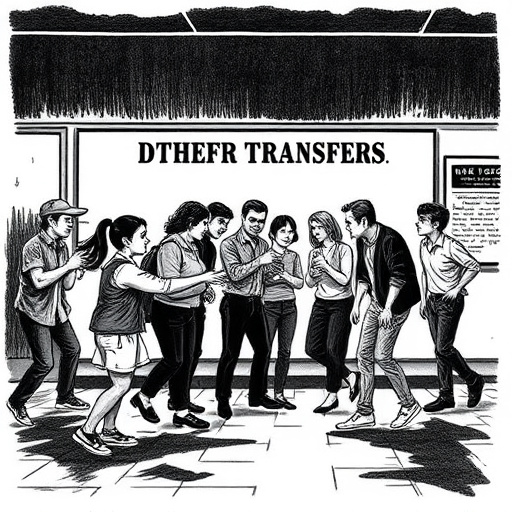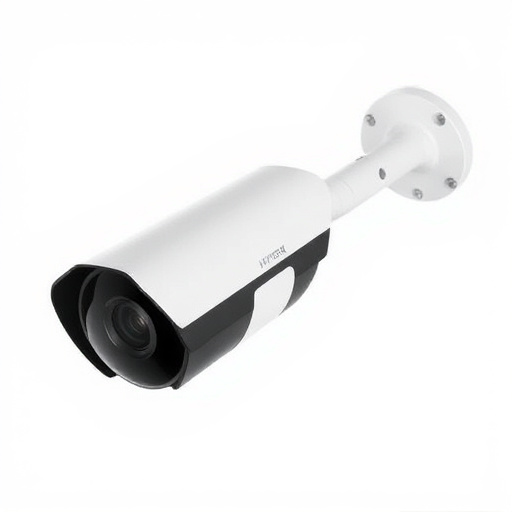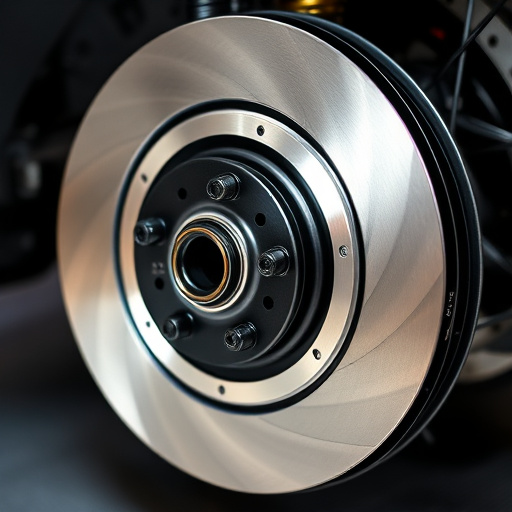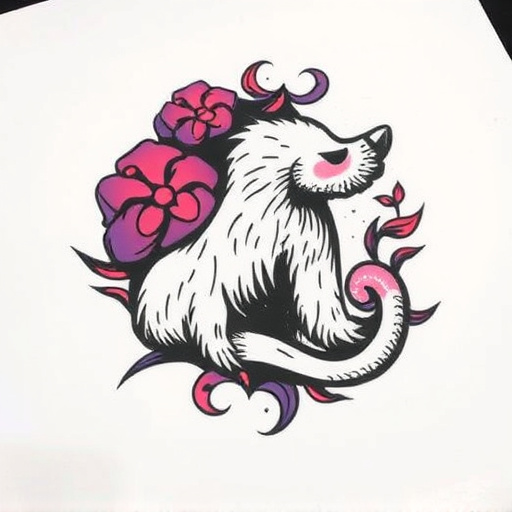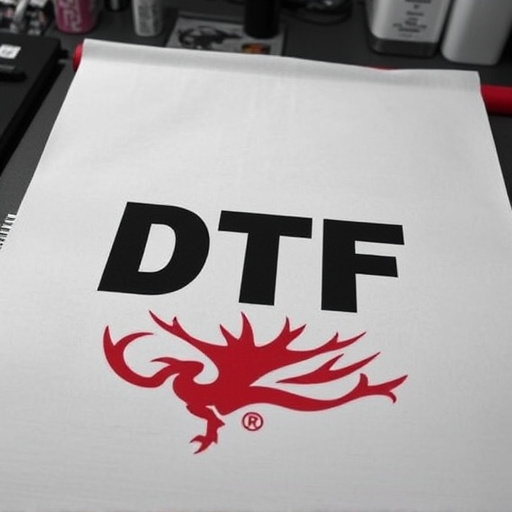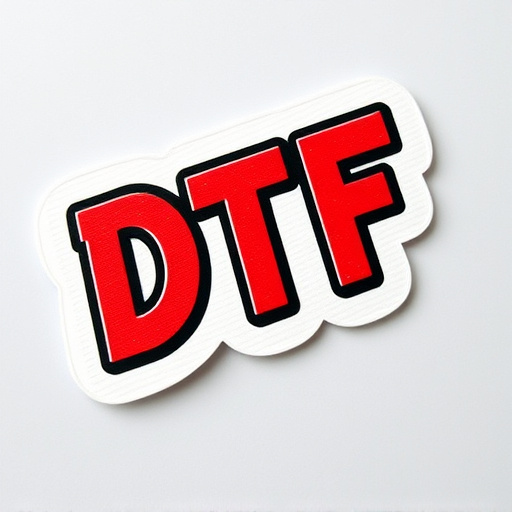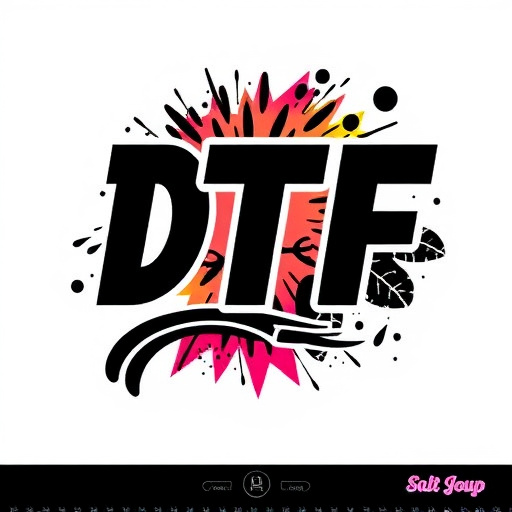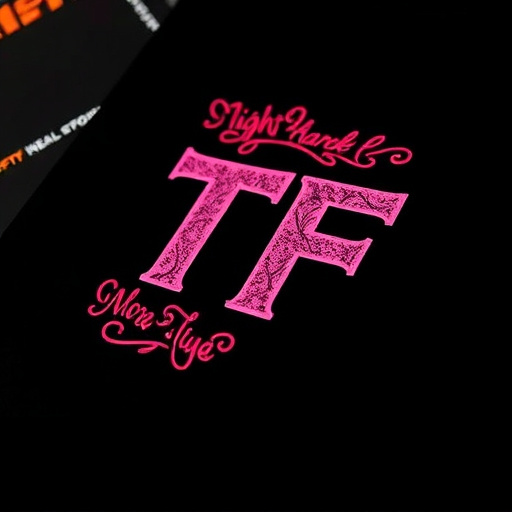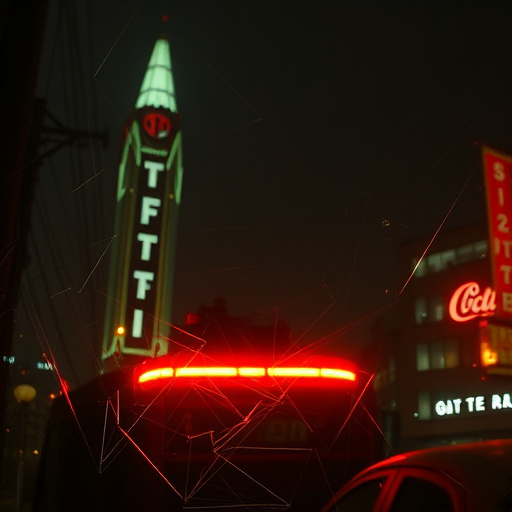DTF Transfer Gang Sheets are specialized printing sheets for high-speed, large-scale production of vibrant fabric prints using Direct to Fabric (DTF) technique. Designing layouts requires balance, clarity, and precision, focusing on legible fonts, contrasting text, vector graphics, compressed file sizes, and precise alignment for seamless, accurate DTG transfers.
Discover the art of crafting impeccable layouts for DTF Transfer Gang Sheets, a critical process in modern printing and packaging. This comprehensive guide explores the intricate world of DTF (Direct To Forme) technology, focusing on optimizing sheet layout designs. We’ll delve into key principles, from understanding sheet structures to implementing best practices for seamless file transfers. By mastering these techniques, you’ll enhance productivity, ensure precision, and achieve exceptional print outcomes.
- Understanding DTF Transfer Gang Sheets
- Key Design Principles for Optimal Layouts
- Best Practices for Efficient File Transfer
Understanding DTF Transfer Gang Sheets
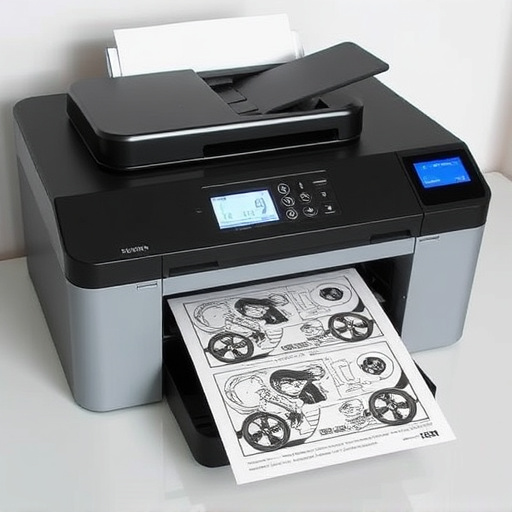
DTF Transfer Gang Sheets are specialized sheets designed for efficient and precise printing on various materials, particularly light fabrics. The term ‘DTF’ stands for Direct to Fabric, a technique that allows for direct application of ink onto fabric surfaces. These gang sheets are a crucial component in the textile industry, enabling high-speed, large-scale production while maintaining print quality.
Understanding DTF Transfer Gang Sheets involves comprehending their role as intermediaries between printing machinery and the final product. The sheets are typically made from materials that facilitate easy adherence to fabrics and subsequent removal, ensuring the ink transfer is seamless. This process involves using a DTF transfer film, which acts as a protective layer during printing and facilitates the even distribution of ink across the fabric’s surface, resulting in vibrant and detailed prints.
Key Design Principles for Optimal Layouts
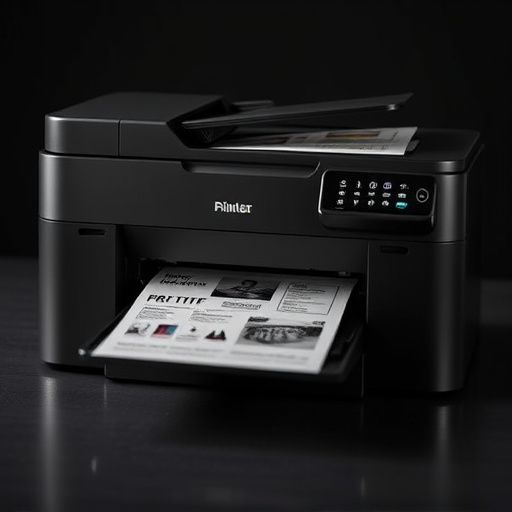
When designing layouts for DTF Transfer Gang Sheets, several key principles can ensure optimal results. Firstly, balance is paramount. Each element on the sheet should be arranged harmoniously to prevent clutter and ensure ease of use during the transfer process. This involves strategic placement of design elements, text, and graphics, taking into account both visual appeal and practicality.
Secondly, clarity is crucial. The layout must clearly communicate the information it conveys, making it easy for users to understand and navigate. This means using legible fonts, appropriate contrast between text and backgrounds, and well-defined sections. For instance, when creating a sheet for cold peel DTF transfers, clear labels and detailed instructions can significantly enhance user experience and transfer accuracy.
Best Practices for Efficient File Transfer
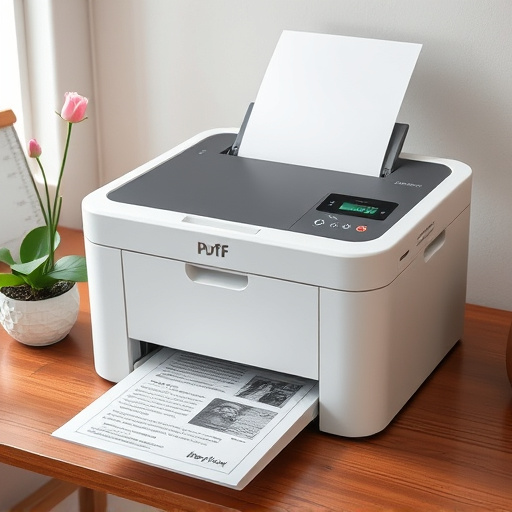
When designing layouts for DTF Transfer Gang Sheets, efficient file transfer best practices are paramount. Start by ensuring your designs are optimized for the specific printing process. This means using vector graphics whenever possible and avoiding complex blends or gradients that can be lost during the transfer. File size matters; compress your images without sacrificing quality to streamline the transfer process.
Additionally, adhere to industry standards for file formats. For DTF printing on t-shirts and other materials, PNG with transparency is often ideal. Properly aligning your designs within the designated areas of each sheet is crucial, preventing misalignment during application. Test prints are essential to verify accuracy before finalizing the layout. Remember, seamless custom DTG transfers require careful preparation, ensuring a smooth transfer process that yields high-quality results.
Designing perfect layouts for DTF Transfer Gang Sheets is a multifaceted process that involves understanding the material, applying key design principles, and employing best practices. By comprehending the intricacies of DTF transfer and utilizing efficient file transfer techniques, designers can create layouts that streamline production and enhance overall print quality. These optimized sheets not only improve productivity but also contribute to more accurate and vibrant results, making them essential tools in modern printing workflows.

